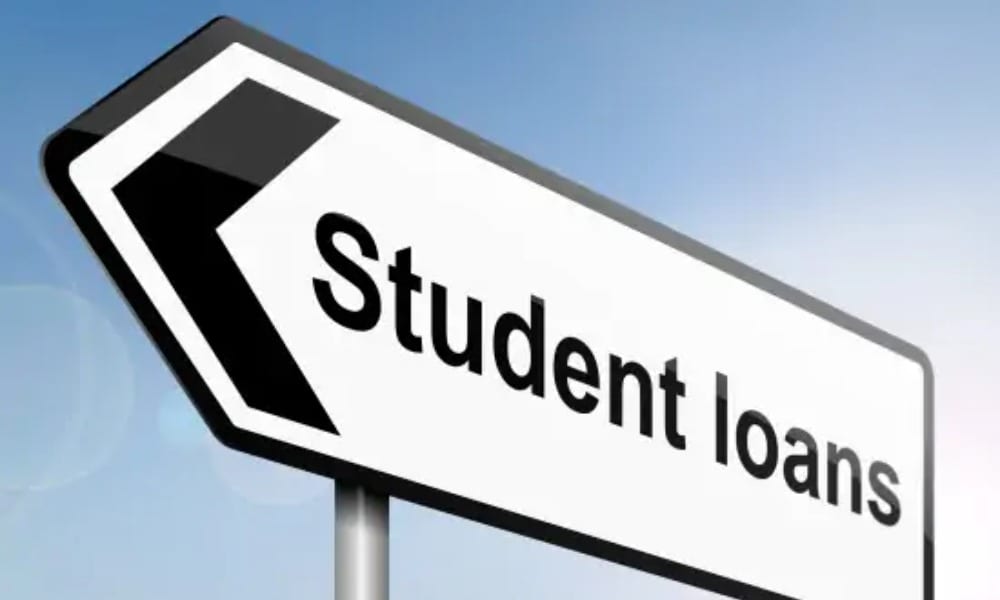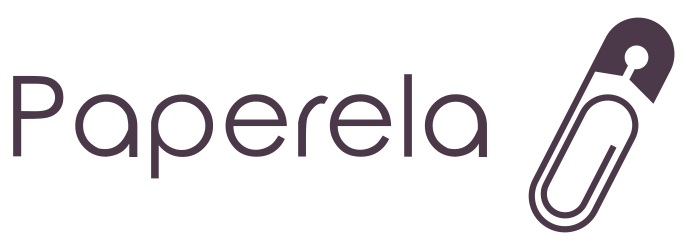
Which Student Loan Is Right for You?

This one is unavoidable—you can’t have a life without education-related debt unless you are an exceptional student worth getting a scholarship or a wealthy person. Education is quite expensive these days and affording it is impossible without the help of either a government or a private agency.

Federal Loan

QuinceCreative /Pixabay: Choose from an array of available options
You have to fill out FASFA (Free Application for Federal Student Aid) in order to get this government-sanctioned loan. The beauty of this application is that you might not have to pay a single penny because the same form is used for scholarships, grants, and work-study programs.
It’s also effortless to acquire compared to the other student loan applications. Credit checks and the requirement of a co-signer is not needed, making it the first option for many students seeking a loan.
There are two possibilities in a standard federal loan:
- Subsidized Loan
In this type, the government pays the interest while you are studying at school, and also, for the first six months after graduation. Not everyone is eligible for subsidized loans; only the students with financial needs get an offer.
- Unsubsidized Loan
The government is not paying your interest in this type of debt. All the interest gets piled up and added in your loan balance, making you pay an interest payment on your interest. It might sound like the worst option, but for some students, there is no other choice.
Perkins Loan
A special type of federal student loan only available for undergraduates and graduates in dire need of financial help. There is a limit of $5.5K to $27.5K for undergrads and $8K to $60K for grads.
The good news is, you can put the repayment on hold for up to nine months after graduation, so you’ll have plenty of time to pay the loan back, and with the low-interest rate on this one, the payment might be affordable for most people.
PLUS Loan
Eligible for the PLUS loan, are graduate students and undergrads’ parents supporting their kids. It’s a federal loan that does a credit check and makes sure you are capable of paying it back. Otherwise you have to get a co-signer for showing credibility. The interest also starts stacking up as soon as you receive the funds.
Private Loan
It’s almost the opposite of general federal loan, with requests for a credit check, availability of an endorser, and provision of income statements. Banks usually provide this student loan, and the process gets complicated with so many requirement checks.
The difference between a private and federal student debt is that of the rates that are variable in the former, making the payments difficult for a student who is required to start paying during the college years.
Personal Loan

Raten-Kauf/Pixabay: Private student loans
This might be the alternative for private student loans because you don’t need to borrow a lot if you only need a small amount of cash. With lower interest rates, personal loans can be used for anything along with the education-related expenses, unlike the private loan.
If a person declares bankruptcy, then personal loans can be canceled, but it would not be possible to do so with student debts.
There are many options to choose from to get quality education in the US, but consider every possibility to select the correct loan application for yourself. Otherwise, your future years full of debt will be more stressful than student life.
More in Financial Planning
-
`
How to Start a Taxi Business With One Car – And Be Profitable
The online taxi booking app industry is a goldmine in today’s market. It offers unmatched convenience for commuters, lucrative opportunities for...
August 16, 2024 -
`
Can You Go to Jail for Driving Without a License? Find Out Now
Driving is an essential part of daily life for many people, but it comes with responsibilities. One of the most fundamental...
August 9, 2024 -
`
Top 5 Richest “American Idol” Winners
“American Idol” has been a launching pad for many aspiring singers since its debut in 2002. The show has produced some...
July 29, 2024 -
`
Can Banks Notarize Documents for Free?
Navigating the landscape of legal documents can often lead you to one crucial service: notarization. Understanding whether you can access these...
July 23, 2024 -
`
5 Tried & Trusted Ways to Get Quality Property Clients
Wondering how to get property management clients? In today’s competitive market, securing high-quality property management clients can be a challenge. But...
July 17, 2024 -
`
If You Get Married in Vegas, Is It Legal Everywhere?
Las Vegas – the city of bright lights, electrifying energy, and…weddings? Absolutely! While renowned for its casinos and extravagant shows, Vegas...
July 12, 2024 -
`
What Is Jax Taylor’s Net Worth?
Jax Taylor, the unforgettable personality from Bravo’s hit show “Vanderpump Rules,” has become a reality TV mainstay. His larger-than-life persona, dramatic...
July 1, 2024 -
`
Here’s What Happens to Stock Options When a Company Is Acquired
When a company gets acquired, the acquiring company often has a set strategy for dealing with stock options. These strategies can...
June 26, 2024 -
`
McDonald’s Menu Price 2024: How It Changed Over the Last Decade
Over the past decade, a visit to McDonald’s has become noticeably more expensive, reflecting a trend that has not only surprised...
June 19, 2024















You must be logged in to post a comment Login